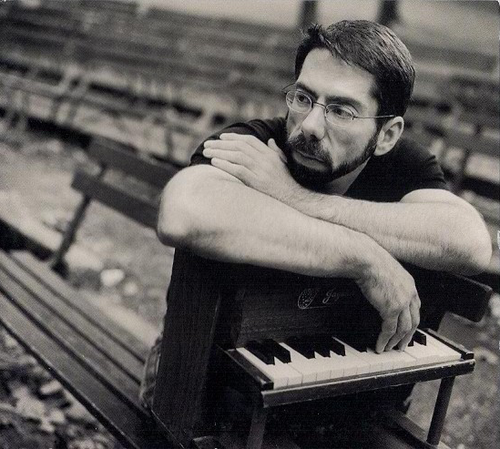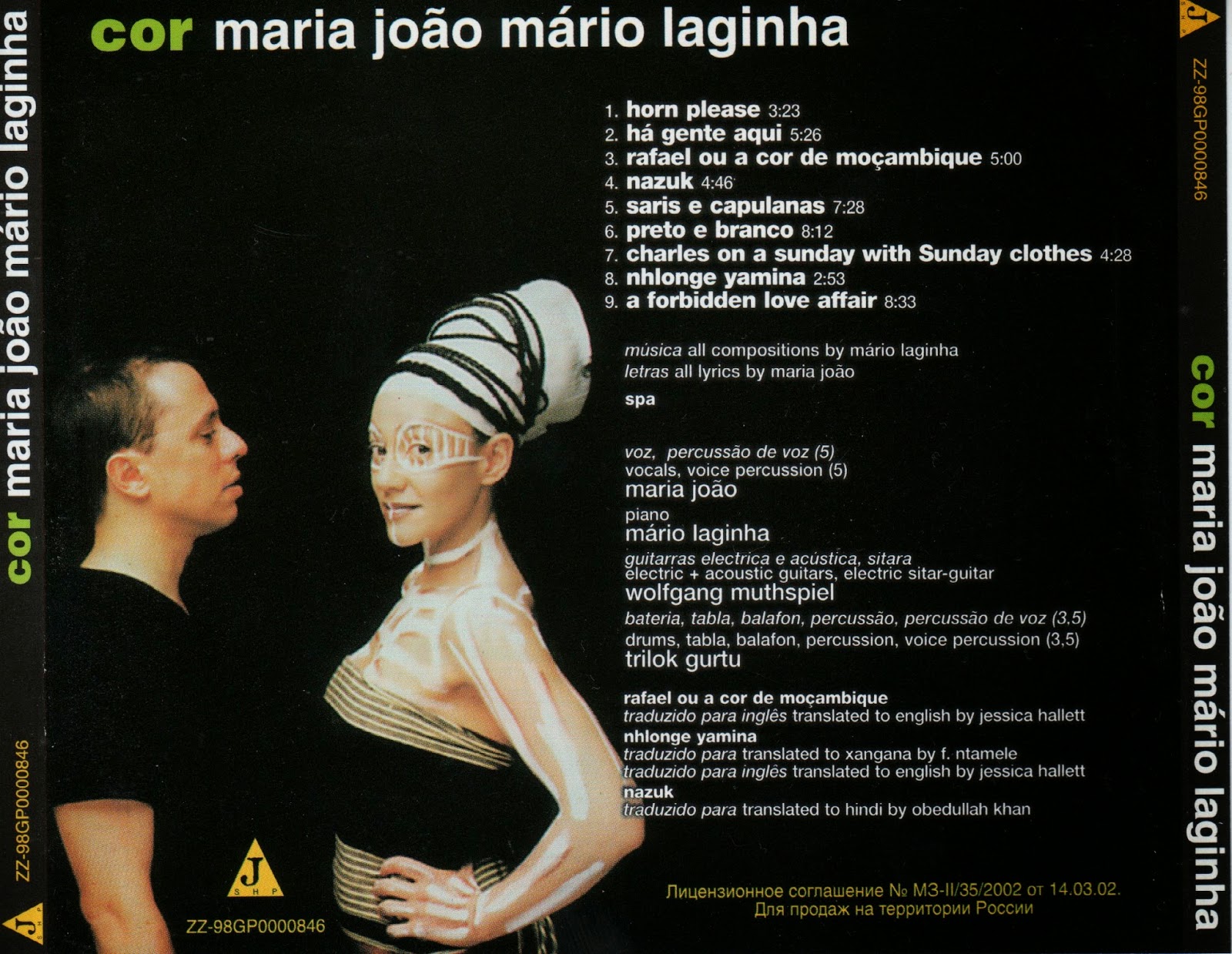Hiro Haarla acababa de licenciarse en la Academia Sibelius de Helsinki cuando conoció a Edward Vesala, en 1978. No tardó en convertirse en una parte esencial de la vida y de la música del baterista, y aparcó su carrera como compositora y concertista para entregarse a las visiones musicales de Vesala, un lider carismático nada dado a compartir protagonismo y que, sin embargo nunca ocultó la importancia de Iro como arquitecta de su conjunto y de la música de cámara del mismo.
En el libro Horizons Touched: The Music Of ECM (Granta Books, 2007) Iro Haarla nos cuenta:
Yo contrarrestaba la inagotable imaginación de Edward y sus brillantes ideas con mis conocimientos de armonía y orquestación, pero me resultaba del todo imposible aplicar mis métodos teóricos cuando arreglaba su música. Lo más importante era empaparse de las sensaciones que transmitía el material melódico. A fuerza de escuchar y de tocar, intentaba dar con la respuesta y el sonido adecuados, y lograr así el objetivo que Edward se había propuesto.
Edward componía tocando, cantando o silbando en una grabadora, de un modo totalmente intuitivo. Yo transcribía y armonizaba el material y le ayudaba a editarlo, porque solía haber mucho más de lo que necesitábamos. Juntos escogíamos los mejores fragmentos. A continuación, yo preparaba la orquestación. A veces era él quien escogía los instrumentos. Otras, dejaba la elección en mis manos.
Sound & Fury fue la culminación del sueño de Edward Vesala: por fin tenía su propia orquesta, con la que podía tocar a su manera su música. En 1989 dió con la formación definitiva, con Matti Rikonen a la trompeta, Jorma Tapio, Pepa Päivinen y Jouni Kannisto a los saxos, Jim Sumen a la guitarra, yo a los teclados y el arpa y Edward a la batería. Todos los miembros ya eran músicos profesionales, pero Edward quería de ellos algo más. Insistía en la importancia de las sensaciones, de la energía, del sonido y de las dinámicas. Sabía cómo sacar a relucir el talento oculto de un músico y a menudo lograba de este más de lo que el propio músico se creia capaz de dar.
La preparación para las sesiones de grabación para ECM era laboriosa, y a menudo dedicábamos tres o cuatro meses a ensayos diarios intensivos.
Tras la muerte de Edward en 1999, barajé durante un tiempo la posibilidad de seguir adelante con el grupo. Existe todavía mucha música que me autorizó a arreglar, y estoy segura de que algún baterista podría “ocupar” el puesto.De hecho, nuestra hija Aniida tocó la batería con Sound & Fury en el concierto de homenaje que se celebró en el Festival de Jazz de Pori en 2000. Pero la muerte de Edward se llevó consigo lo más importante: el espíritu musical de Sound & Fury.
Tracks
01. Sylvian Swizzle
02. Infinite Express
03. Time To Think
04. Winds Of Sahara
05. Watching For The Signal
06. A Glimmer Of Sepal
07. Mop Mop
08. What? Where? Hum Hum
MATTI RIIKONEN trumpet
JORMA TAPIO alto sax, bass clarinet, flute
JOINI KANNISTO tenor sax, flute
TIM FERCHER marimba, tubular bells
TAITO VAINIO accordion
IRO HAARLA piano, harp, keyboards
JIMI SUMEN guitar
UFFE KROKFORS bass
EDWARD VESALA drums
PEPA PÄIVINEN soprano, tenor and baritone saxophones, flute, clarinet, bass clarinet
All compositions by Edward Vesala
Recorded April and May 1989, Sound and Fury Studio, Helsinki
ECM 1413 843 196-2














































